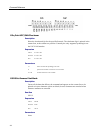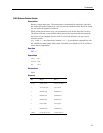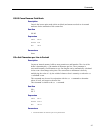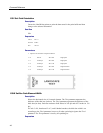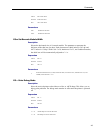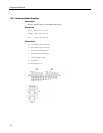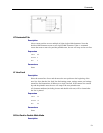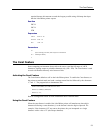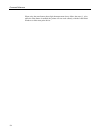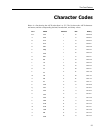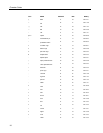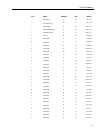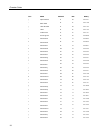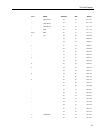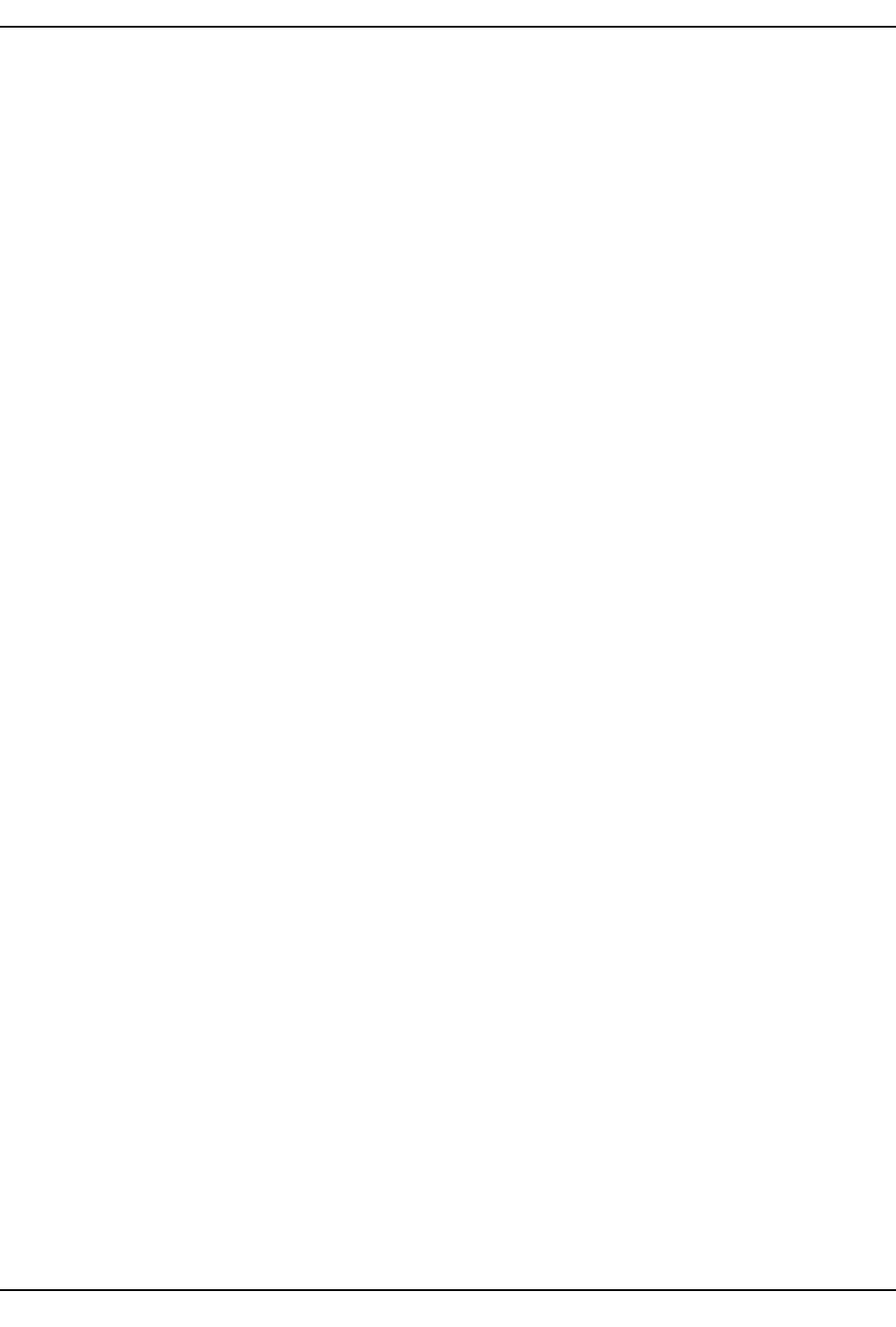
Command Reference
Causes all the text that follows the command on the same line to be printed as double-
wide characters. Double-wide characters are canceled by a line feed (CR or LF) or the
DC4 command.
Double wide is a character attribute and is available on a character-by-character basis.
Double-wide text can be canceled at any point on the line. Double-wide text is
automatically canceled at the end of the line. Therefore, subsequent lines will not be
printed as double-wide text unless the SO command is re-issued at the beginning of
each line.
See Also
DC4
Expression
ASCII SO
Decimal 14
Hex 0E
Parameters
None
SYN Raster Mode Graphics
Description
Provided for LabelWriter raster compatibility.
SYN is a synchronization character used to encode bitmap print data. The number of
bytes in each string is controlled by the ESC D command. The starting position (left
margin) is controlled by the ESC B command. The control electronics in the printer do
not check the validity of the bitmap data. Therefore, it is the responsibility of the host
software to send the correct number of data bytes for the width of the print head in use
by the printer.
The print head forms the image by heating a row of resistive elements that blacken the
thermally sensitive label material. The resistive elements are 0.125 millimeters square
(0.00492 inches) and are spaced at eight dots per millimeter (203.2 dots per inch) apart.
The print head on the LabelWriter SE450 printer contains 448 elements. When a line is
to be printed, the control electronics in the printer load the desired data into a serial
shift register (the print head). The serial shift register has one location for each print
element. A “1” in any given location causes the corresponding dot to be printed; a “0”
leaves the dot un-printed. The most significant bit (bit 7) prints at the left margin.
There is no command for clearing the shift register, therefore, the entire register must be
loaded for each print line in order to flush out the old data. To reset the LabelWriter
printer after a synchronization error or to recover from an unknown state, the host
computer should send at least fifty-seven (57) ESC characters, followed by an A, to
request the printer to return the status byte. A minimum of 57 ESC characters are
52



